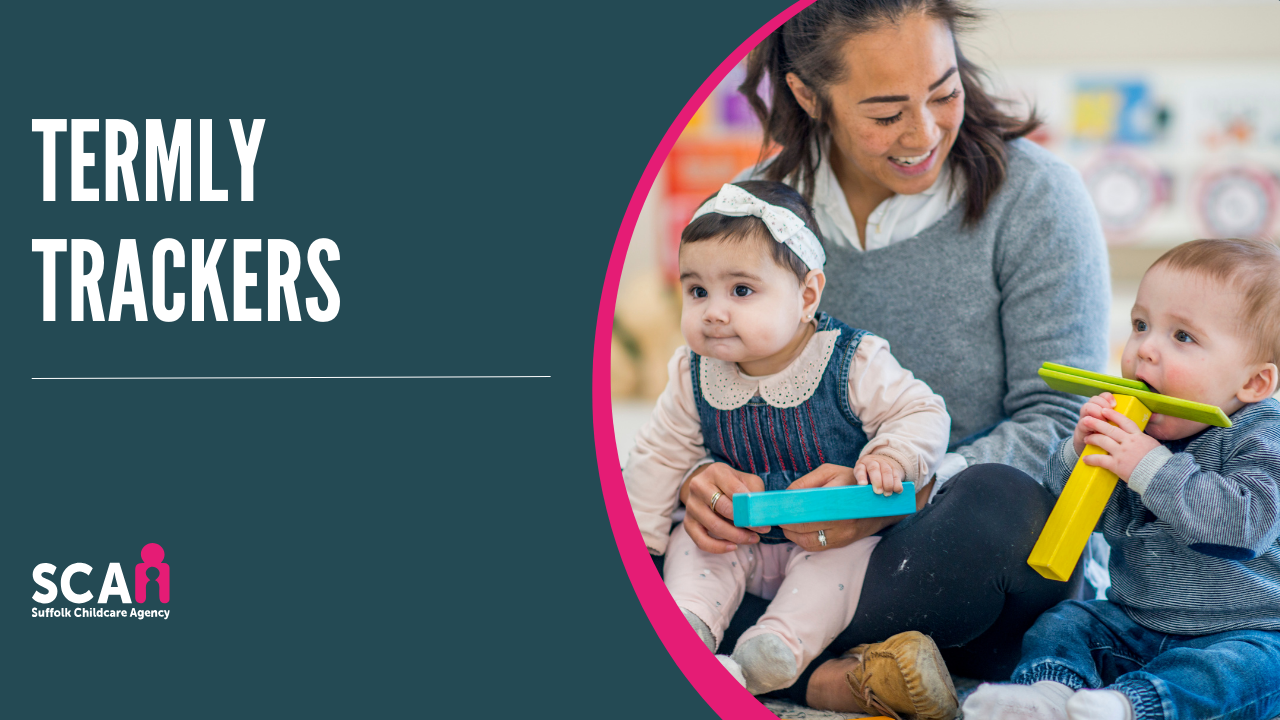Termly Trackers
£5.00
Termly trackers are tools used by educators and childminders to monitor children’s progress and development over a school term. These trackers help document achievements, areas of improvement, and specific milestones. They provide a clear overview of a child’s learning journey, enabling timely interventions when needed. Termly trackers cover various areas such as communication, physical development, and social skills, aligning with the Early Years Foundation Stage (EYFS). By using these trackers, educators can tailor learning plans to individual needs, ensuring that each child receives the support they require for optimal growth and development.
Understanding Termly Trackers in Early Years Settings
Termly Trackers help early years professionals monitor children’s development and progress over time. These tools support planning and identify individual learning needs. They ensure children receive the right support each term.
Early years settings use trackers to record key achievements and milestones. They align with the Early Years Foundation Stage (EYFS). Staff complete trackers at the end of each term. These records show if a child is meeting, below, or exceeding age-related expectations.
Why Use Termly Trackers?
Trackers help practitioners see gaps in learning. They guide focused support and targeted teaching. Staff can plan next steps based on each child’s progress. These tools also help spot patterns across the setting.
Parents benefit from clear, termly updates. Practitioners use trackers to explain strengths, concerns, and next steps. This builds trust and encourages parental involvement. Parents may also support learning at home more confidently.
What to Include in a Termly Tracker
Each tracker covers the prime and specific areas of learning. These include communication, physical development, and personal, social, and emotional growth. Staff also track maths, literacy, understanding the world, and expressive arts.
Clear, simple notes help make sense of each child’s progress. Observations, examples of work, and child voice may support the records. Photos can also show development through play.
Trackers help staff plan activities suited to each child’s stage. They also support smooth transitions between rooms or into school.
What to Look Out For
Check if the tracker shows consistent progress or sudden gaps. Gaps may signal additional needs or changes at home. Notice any areas where a child repeats the same level. This may show a need for extra support.
Look for notes that lack detail or don’t reflect the child’s true abilities. Avoid vague terms and ensure updates are specific and evidence-based. Trackers should also reflect diversity, interests, and different learning styles.
Final Thoughts
Termly Trackers provide a reliable snapshot of children’s development. They support early intervention, quality planning, and strong partnerships with families. Use them consistently to improve learning outcomes for every child.






 The 3 I's
The 3 I's